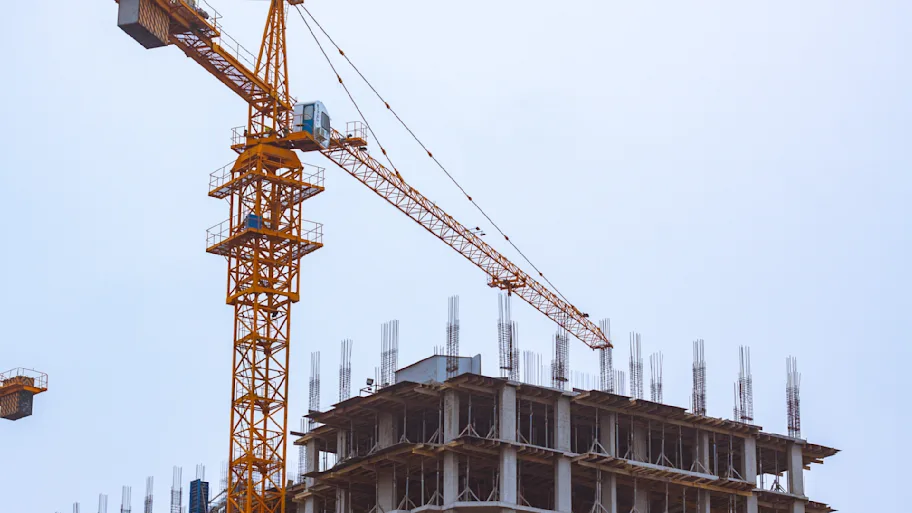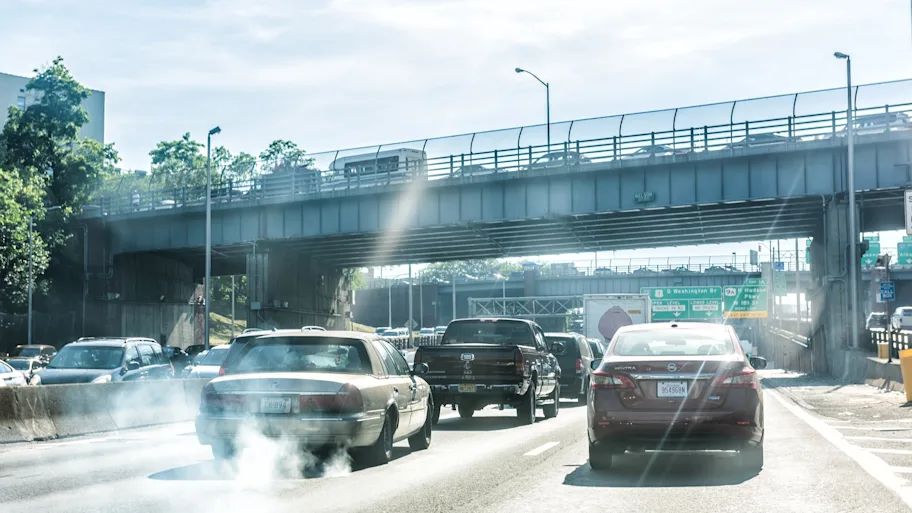
- Science news
- Featured news
- Sleepers made from recycled plastic could make railways even more eco-friendly
Sleepers made from recycled plastic could make railways even more eco-friendly

Part of the greenhouse gas (GHG) emissions from railways lie in the energy used to produce and maintain the necessary infrastructure. Researchers from Finland here showed the feasibility of using more eco-friendly railway sleepers from two types of recycled plastic, liquid packaging board and acrylonitrile butadiene styrene. Carbon emissions saved each year by phasing out concrete sleepers and replacing them with such recycled plastic could amount to the equivalent of heating for 1,200 Finnish households.
Railways, the most climate-friendly mode of transport bar long-distance buses, are bound to play an important role in the fight for net zero. The total emissions of railway travel are currently 31 grams of CO2 equivalents (CO2e) per passenger kilometer, half the amount as for the most economical electrical vehicles.
But the carbon emissions of railway traffic can be further reduced, shows a new study in Frontiers in Sustainability by authors in Finland. This is because typical construction materials such as steel and concrete are energetically costly to produce, transport, handle, and maintain. Even on the busiest train lines, these costs amount to 30% of total emissions, and this percentage increases sharply as the traffic volume decreases.
“Here we show that recycled plastics could be used as the material for railway sleepers and that overall emissions would be reduced. A smaller carbon footprint is achieved when currently incinerated waste streams are used as material,” said Dr Heikki Luomala, the study’s first author and a project manager at Tampere University.
“We estimate that the CO2 reduction by repulping the available waste stream in Finland could amount to the heating emissions of 1,200 households, that is 3,610 tCO2e (tons of CO2 equivalents) per year.”
Two types of plastic tested
Luomala and colleagues studied the feasibility and GHG emission savings resulting from gradually phasing out the wooden and concrete railway sleepers in Finland and replacing them with recycled plastic. The lifespan of a sleeper is between 10 to 60 years and decreases with increasing traffic intensity, due to mechanical damage.
An important source of plastic waste is the packaging sector, which uses up approximately 40% of the total plastic production. Within this industry, so-called liquid packaging board (LPB) – a mix of polyethylene, polypropylene, ethylene vinyl alcohol, and polyethylene terephthalate – is the fastest growing product. Another important source of plastic waste is electronic and electrical equipment, accounting for approximately 6% of total plastic usage. Its main plastic component is acrylonitrile butadiene styrene (ABS).
Read and download the original article
In the past, plastic waste was often exported from Finland to the Far East, but in recent years the ‘ALL-IN for Plastics Recycling’ (PLASTin) initiative was launched to make Finland a leader in plastic recycling.
Luomala et al. produced specimens of railway sleepers (0.15m thick, 0.25m wide, and 2.6m long) made from LPB and ABS and subjected these to a battery of mechanical tests. Their intent was to test if the prototypes confirmed to international standards for the plastic and railway industries.
Implementation in the real world is on track
Specimens made from both types of plastic passed the strength and bending tests. But only recycled ABS was able to withstand the maximum tested temperature of 55°C without significant softening during hot summers.
“Recycled ABS is much more suitable as railway sleeper material than recycled LPB: the strength and stiffness properties of ABS are approximately three times higher and closer to that of wooden sleepers,” said Luomala.
Plastic railway sleepers offer several advantages, for example easy formability, low cost, light weight, and resistance to environmental conditions. The use of recycled plastic also allows greater design flexibility for sleeper shape.
The Finnish Transport Infrastructure Agency has already shown interest in the study’s findings.
“When it comes to the implementation of recycled ABS for use as railway sleepers, further tests should first be conducted at full scale. Their long-term behavior, for example in terms like UV resistance, should also be tested,” warned Luomala.
REPUBLISHING GUIDELINES: Open access and sharing research is part of Frontiers’ mission. Unless otherwise noted, you can republish articles posted in the Frontiers news site — as long as you include a link back to the original research. Selling the articles is not allowed.






